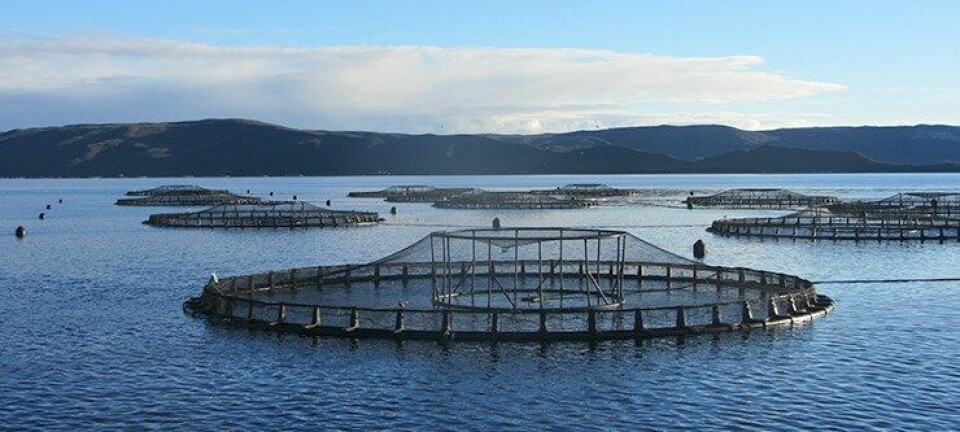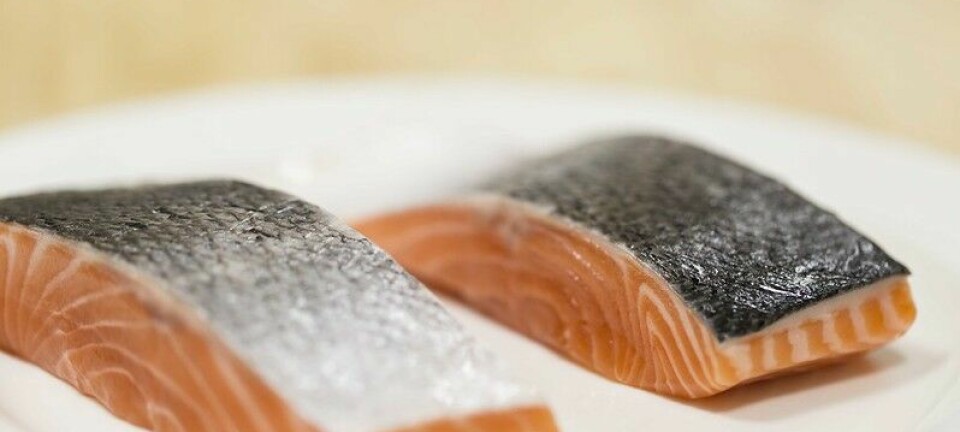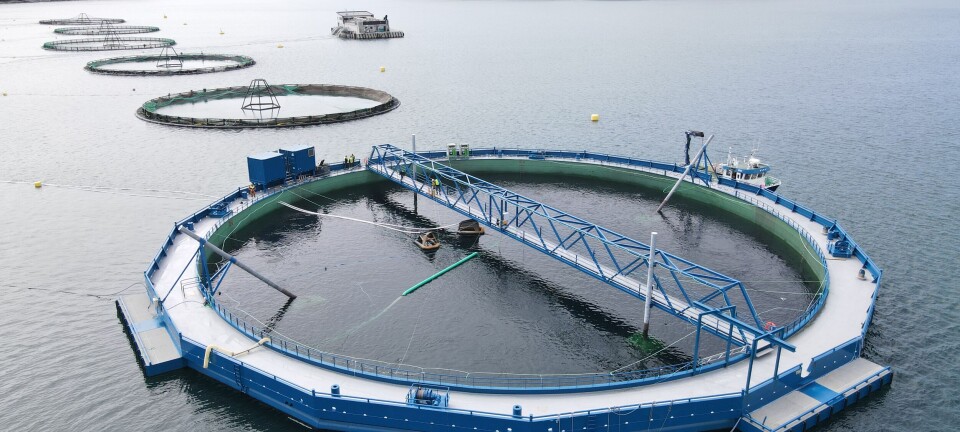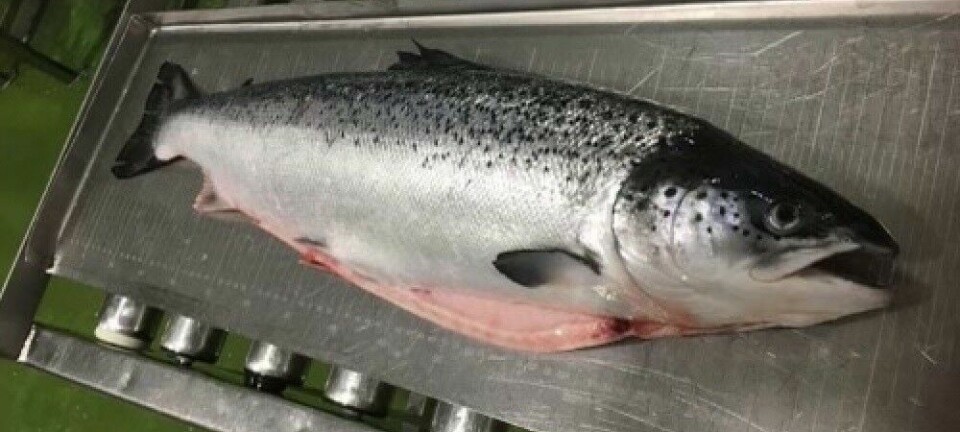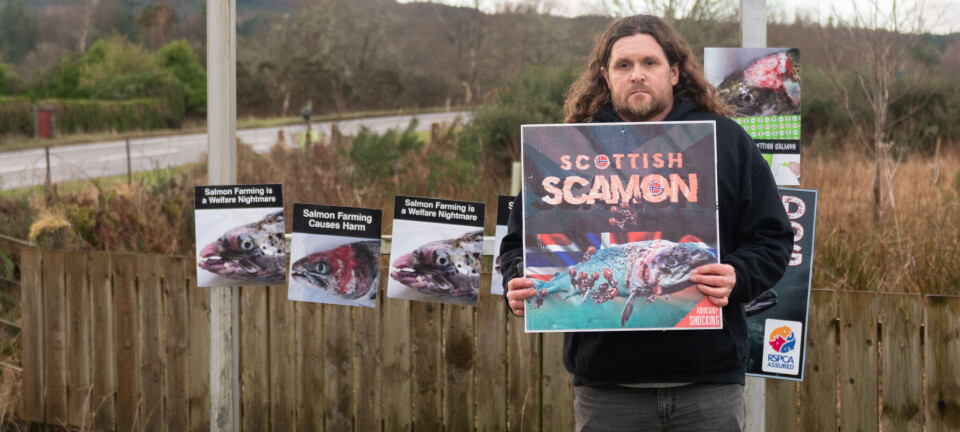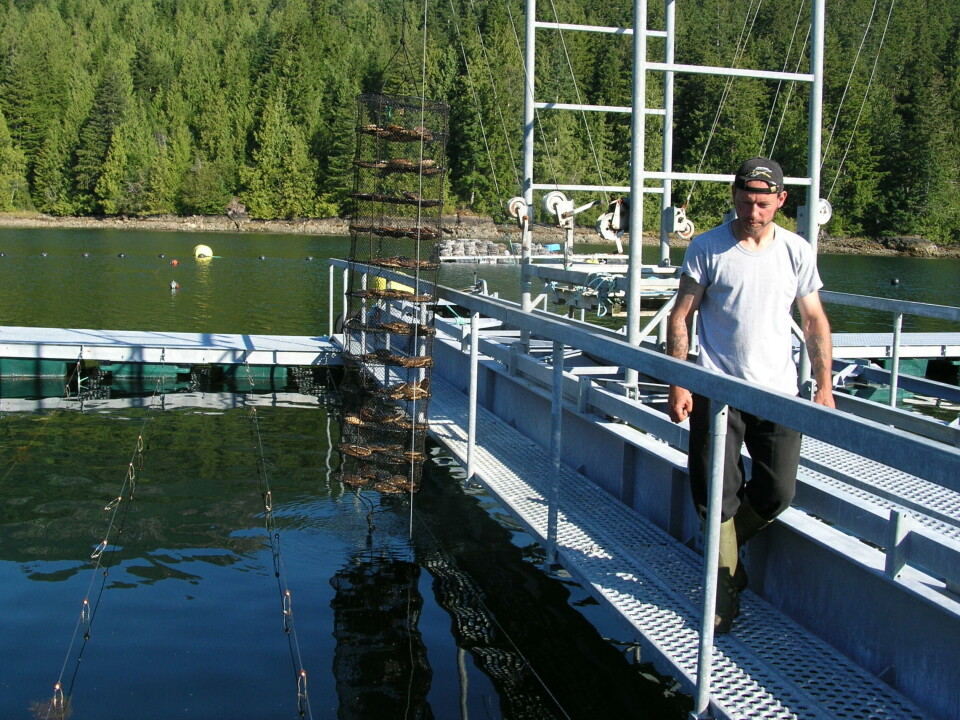
Waste from salmon farms worth millions
It should not be news to Canadian aquaculturists that some species of seaweed/kelp and shellfish grow well in the immediate vicinity of fish farms. Operations dubbed Integrated Multi-Trophic Aquaculture (IMTA) have been in active production on both the east and west coasts of Canada for years. On the west coast of Vancouver Island, Dr. Stephen Cross is producing seaweed and scallops next to his net pens that hold Sablefish, and in New Brunswick, Cooke Aquaculture is growing kelp and mussels close by some of its salmon cages.
The nutrients coming from a typical fish farm contain both Nitrogen and Phosphorus, the main ingredients in many fertilizer formulations. By some estimates, about 27 per cent of the feed given to salmon ends up being secreted in one form or the other. And with a world annual market of about 14 million tonnes of aquatic plants, there are obvious opportunities for fish farmers to try to produce a second crop, with little extra input costs.
Researchers at SINTEF in Norway have successfully managed year-round artificial cultivation of sugar kelp sporophytes (juvenile plants), and concluded that these nutrients from farmed salmon waste can feed this relatively new (IMTA) marine industry, as a recent posting explains;
Waste from salmon production is currently being discharged into Norwegian coastal waters. Researchers say this is a resource – worth NOK 6 billion (~€ 816.4 million) each year – that should be exploited for new biological production. In 2009 Norwegian fish farms produced over a million tonnes of salmon and salmon trout; nearly 1.2 million tonnes of high-quality feed went into this production. But a considerable amount of feed administered is released to the surrounding waters as respiratory products, faeces and uneaten feed. This means that a significant portion of the aquaculture industry’s feed is actually wasted on fertilizing the ocean with both organic and inorganic nutrients.
Higher economic yield, less pollution
In the project “Integrated open seawater aquaculture, technology for sustainable culture of high productive areas (INTEGRATE)”, researchers have studied whether this waste can be put to use as nutrients for cultivating kelp and/or mussels. The project was headed by Associate Professor Kjell Inge Reitan of the Norwegian University of Science and Technology (NTNU) and received funding from the Research Council of Norway as part of the initiative to promote sustainable seafood production. “The thinking is that integrated multi-trophic aquaculture (IMTA) will provide significant added value on investments in aquaculture,” explains Dr Reitan, “while at the same time reducing potentially negative environmental impacts.” Environmental organizations are critical of aquaculture waste as ecologically detrimental.
Kelp can help: many application areas
Researchers carrying out experiments at the research institute SINTEF have documented good growth of kelp cultivated near aquaculture facilities. Mussel cultivation under similar conditions also shows promise. Kelp can bind large amounts of the inorganic nitrogen and phosphorous discharged by fish farms. One of Norway’s most common macroalgae species, Laminaria saccharina – known as sea belt or sugar kelp – is particularly promising for industrial cultivation for use as a biofuel and feed additive and for extracting its chemicals. Dr Reitan is now collaborating with several companies looking to cultivate kelp for large-scale bioenergy production. “Development in this area will need to be driven by players in bioenergy and feed production,” asserts Dr Reitan. “I don’t believe the salmon farming industry will get involved in commercially cultivating kelp in the near future, even though integrated production would give the industry a greener profile and enhance sustainability.”









